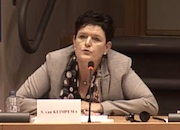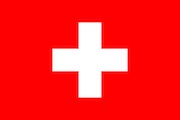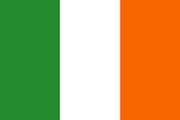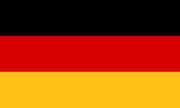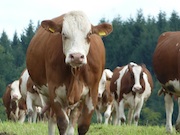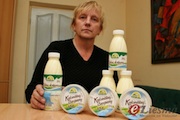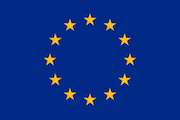EMB Newsletter February 2015
Newsletter as PDF
Contact
EMB - European Milk Board asbl
Rue de la Loi 155
B-1040 Bruxelles
Phone: +32 - 2808 - 1935
Fax: +32 - 2808 - 8265
Dear Dairy Farmers and Interested Parties,
The hearing in the European Parliament on “The Milk Package and the prospects for the dairy sector” on 27 January in Brussels highlighted the completely opposite appreciation of the current situation in the milk market between the new Agricultural Commissioner, Mr Phil Hogan, who perseveres in his opinion that the milk market is not in crisis, and the AGRI Committee Rapporteur for “Development of the dairy market situation and the operation of the Milk Package provisions”, Mr James Nicholson. Without a doubt, the latter said, the milk market is in crisis again, and milk producers are paying the price for it.
You can find a detailed report of the hearing in this newsletter.
At the conference of the European Commission on 5 December 2014 called “2024 prospects for EU Agricultural Markets”, Christophe Lafougère from Gira presented the prospects of the dairy sector. His presentation mentioned the investment of billions of euros in expanding processing capacity in Europe (mainly co-ops), the weakness of co-ops to add value to milk and the expected disappearance of thousands of dairy farms. However, these slides have disappeared from the presentation published on the Commission’s website. They are being kept from MEPs and policymakers.
I received the original presentation from the author, but do not have authorisation to publish these slides. Dear members of the Committee on Agriculture and Rural Development of the European Parliament: please demand an explanation from the Commission why these very important data are being withheld from you. Data necessary to answer your questions with regard to transparency and the distribution of margins in the dairy chain. Data necessary to form a balanced opinion on the chosen path and the measures that are needed for milk producers in crisis situations.
The objectives of the Treaty of Lisbon concerning agriculture are clear: stabilise markets and ensure a fair living standard for the agricultural community.
That is your responsibility and your task. Please live up to your responsibilities.
Sieta van Keimpema, EMB Vice-President
Hearing on “The Milk Package and the prospects for the dairy sector”
Expensive Swiss franc causing dairy farmers huge problems
Situation in Ireland in January
Green Week Berlin - Symposium BDM Germany
Study gathering organised by the MIG Belgium
Interview with Dace Pastare
News from Brussels
EMB Agenda
The EMB Board’s key dates in February 2015:
- 03.02.: Public Hearing on "Investment Protection and ISDS in EU Trade and Investment Agreements"
- 04.02.: Stakeholders event of the 8th Round TTIP Negotiations (Presentation EMB)
- 10.02.: Event “Good Food Good Farming” (Presentation EMB)
- 13.02.: Meeting Civil Dialogue Group "Quality & Promotion"
- 24.02.: Talks with MEPs (Brussels)
- 24.02.: Meeting of the Milk Market Observatory (Brussels)
- 24.02.: EMB Board meeting (Brussels)
Impressum
European Milk Board asbl
Rue de la Loi 155
B-1040 Bruxelles
Phone: +32 2808 1935
Fax: +32 2808 8265
E-Mail: office@europeanmilkboard.org
Website: http://www.europeanmilkboard.org

